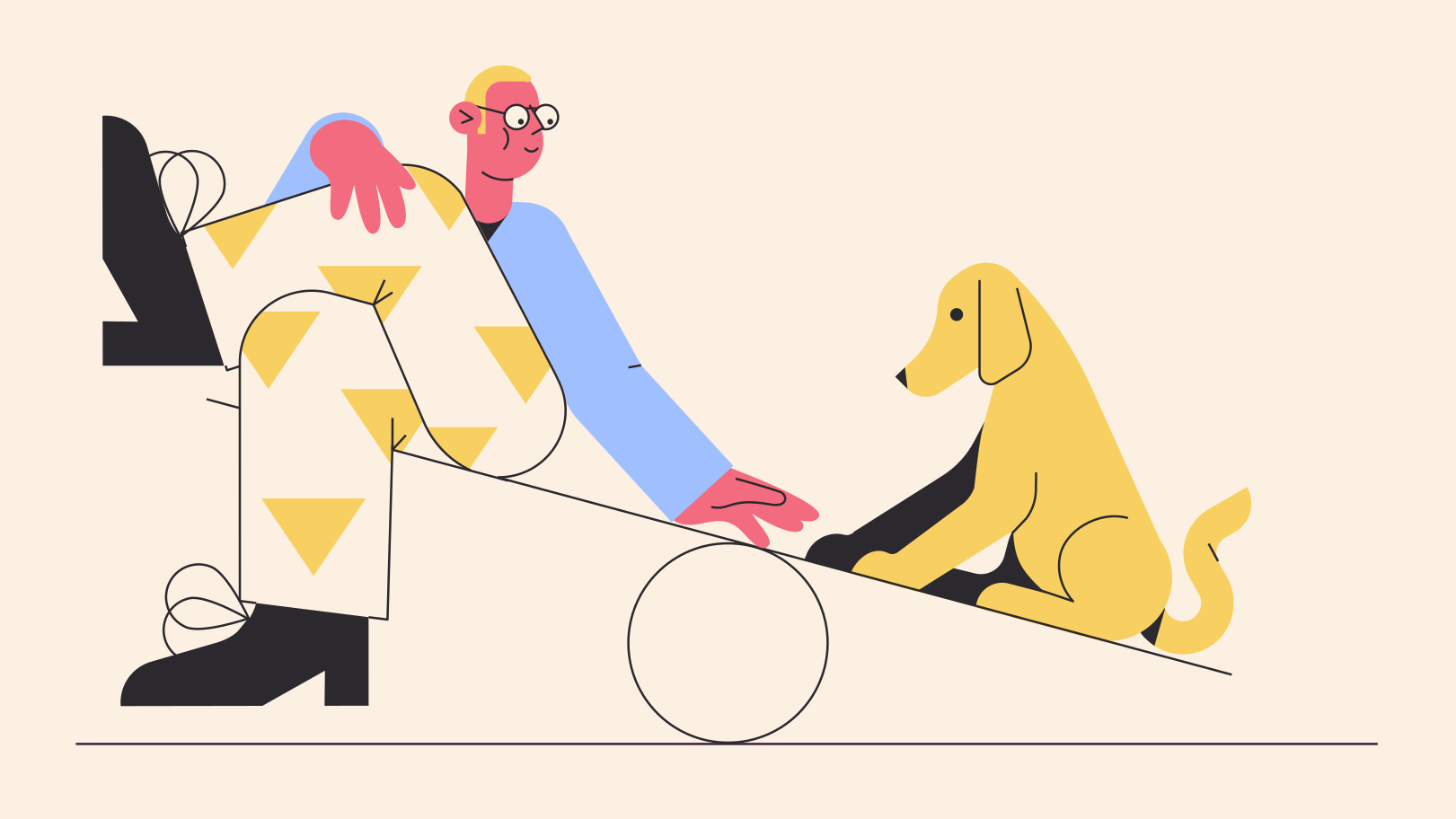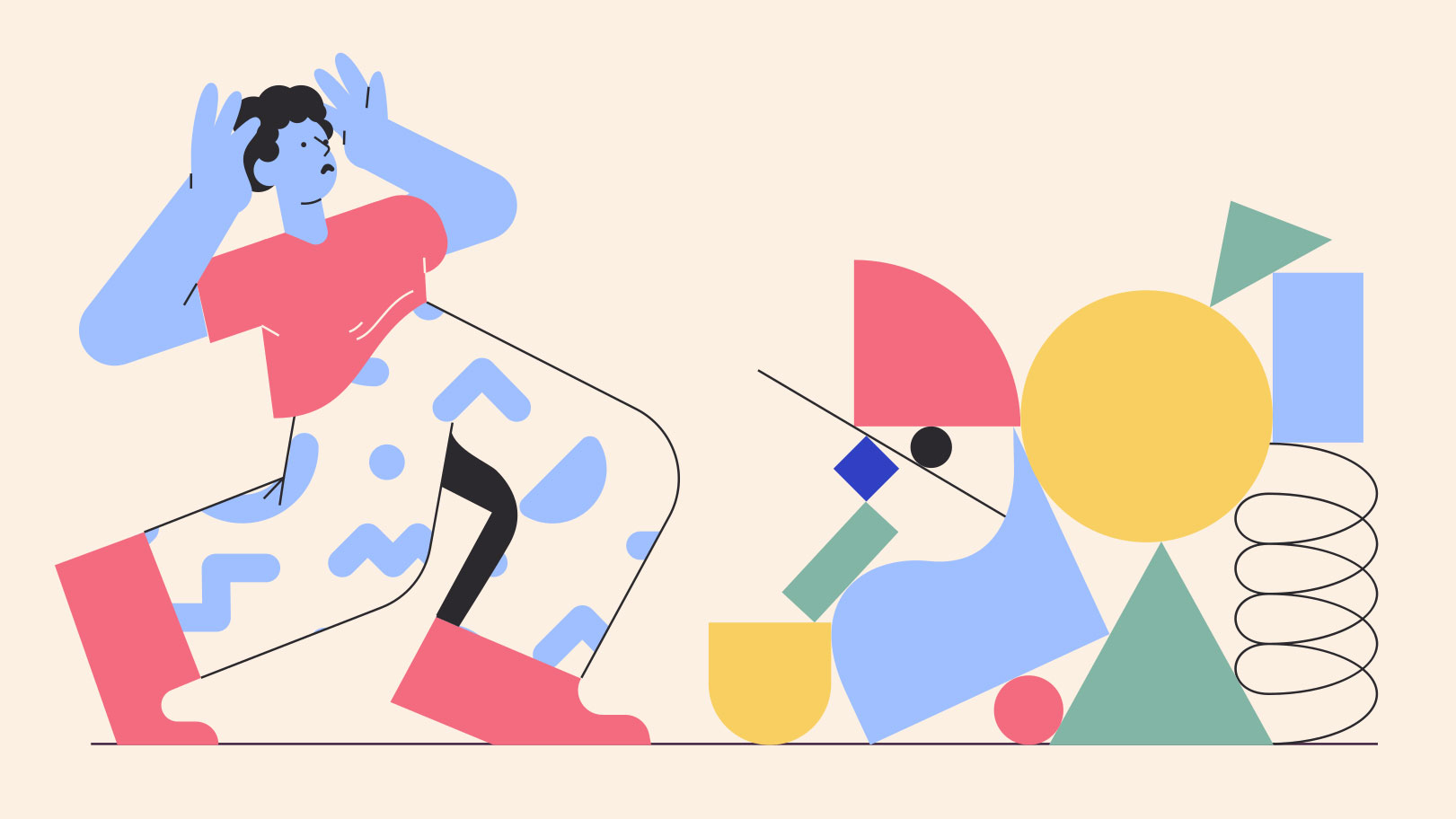2D Animation
2D animation is a traditional form of animation that involves creating the illusion of movement in a two-dimensional space. Unlike 3D animation, which involves creating three-dimensional objects and environments, 2D animation works within a flat, two-dimensional plane. Here are some key aspects of 2D animation:
- Traditional Hand-Drawn Animation: In the past, 2D animation was primarily done by hand, with animators creating each frame on sheets of paper or celluloid. This labor-intensive process is still used in some cases but has largely been replaced by digital techniques.
- Digital 2D Animation: With the advent of computer technology, 2D animation has transitioned to digital platforms. Animators now use software applications to create characters, backgrounds, and animations. Popular software for 2D animation includes Adobe Animate, Toon Boom Harmony, and TVPaint.
- Frame-by-Frame Animation: 2D animation typically involves creating a series of individual frames, with each frame slightly different from the previous one. When these frames are played in quick succession, they create the illusion of continuous motion. This process is known as frame-by-frame animation.
- Rigged Animation: In addition to frame-by-frame animation, 2D animation can also utilize rigged characters. These characters have predefined joint points and can be manipulated like puppets. This approach is often used in television series and web animations where efficiency is important.
- Limited Animation: Some 2D animation styles use limited animation techniques, which simplify the movement and detail of characters to save time and resources. This is commonly seen in older TV cartoons like “Scooby-Doo.”
- Vector Graphics: Vector-based graphics are often used in 2D animation. Unlike bitmap or raster graphics, which use pixels, vector graphics use mathematical equations to define shapes and lines. This makes it easier to scale images without losing quality.
- Effects and Compositing: 2D animations can incorporate various special effects and compositing techniques to enhance visual appeal. This includes adding shadows, highlights, particle effects, and more.
- Sound and Music: Sound effects and music are crucial components of 2D animation. They help convey emotion, atmosphere, and context to the visuals.
- Applications: 2D animation is used in various media, including films, television shows, video games, advertisements, educational content, and web animations.
- Artistic Expression: 2D animation is a versatile medium that allows for a wide range of artistic styles and expressions. It can be used to tell stories, convey information, or create artistic and abstract visuals.

In summary, 2D animation is a diverse and creative form of animation that continues to evolve with the help of digital technology. It has a rich history in both entertainment and educational content and remains a popular choice for many animators and storytellers.


